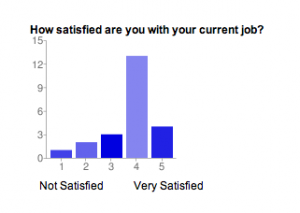Anyone that is worried about the American Jobs Act that President Obama proposed to congress last Thursday should take heart: If you’re gainfully employed, you’re getting a tax break!
Pay no attention to the fact that you’ve already been getting most of that tax cut for the last year. These are just details.
Effective last January, anyone lucky enough to be legally and gainfully employed got a 2 percent break on the Social Security portion of their payroll taxes.
Under the American Jobs Act, Obama plans to lower both the employer and employee portion of that tax liability to 3.1percent. The White House states that this will constitute a tax break of about $1,500 for a worker making $50,000 annually.
The idea behind these tax cuts, is to put more money in your paycheck which you will ideally pump back into the economy. More money in the economy means more demand and more demand means more jobs.
But, (and yes there is a but) thanks to inflation, decreasing salaries and increasing prices on some consumer goods, it appears that even with a tax break, New Yorkers could actually be losing ground at the moment.
So what happens now?
Is this truly a stimulus package or are we simply dumping the $20-$30 dollars per paycheck (if you get paid bi-weekly) into more expensive goods?
What have you done with your 2 percent to stimulate the economy–if anything? Have you changed your spending habits at all? What’s worse, did you even notice your 2 percent raise over the last year? Do you foresee any great change with the further cuts? Stories of spending or lack there of are welcome here where you can post to my Twitter, Facebook or even on my blog.
Start the discussion. Let’s see where this 2 percent is going.












